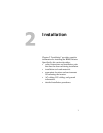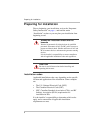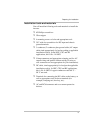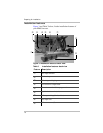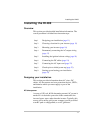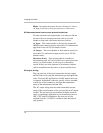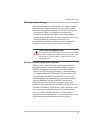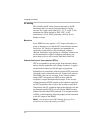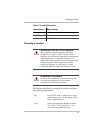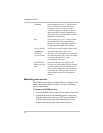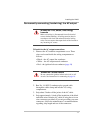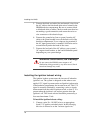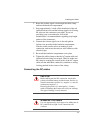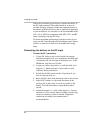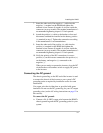
Installing the HI400
14
DC cabling
This includes the DC cables between the battery, the DC
disconnect and over-current protection device, and the
inverter. For copper cable rated 60 °C, 75 °C, or 90 °C, the
minimum size cable allowed in NEC, CEC, or RV
installations is No. 8 AWG (assuming a 40 Adc fuse or
breaker is used).
Batteries
Every HI400 inverter requires a 12 V deep-cycle battery or
group of batteries to provide the DC current that the inverter
converts to AC. Deep-cycle batteries are intended to be
repeatedly cycled partly or fully discharged, and then
charged. Automotive-type starting or “cranking” batteries are
not recommended, except for temporary emergency use,
since deep-cycle use will severely limit their useful life.
Ground fault circuit interrupters (GFCIs)
GFCIs are intended to protect people from electrical shocks
and are usually required in wet or damp locations. A regular
circuit breaker cannot provide this type of protection.
Installations in recreational vehicles require GFCI protection
of branch circuits connected to the AC output of the inverter.
The HI400 comes in two versions. In the version with the
integral GFCI receptacle, the GFCI protects both the
receptacle’s output and the hardwire output. In the version
without the integral GFCI receptacle, the hardwire output has
no GFCI protection, and it is up to the installer to provide it.
Compliance with UL standards requires that Xantrex test and
recommend specific GFCIs for use with the HI400 inverter.
Xantrex has tested the GFCI-protected 15 A receptacles listed
in Table 4, and found they function properly when connected
to the AC output of the HI400.
Note:
You should test your GFCI monthly. See page 26 for
instructions for testing and resetting your GFCI.




